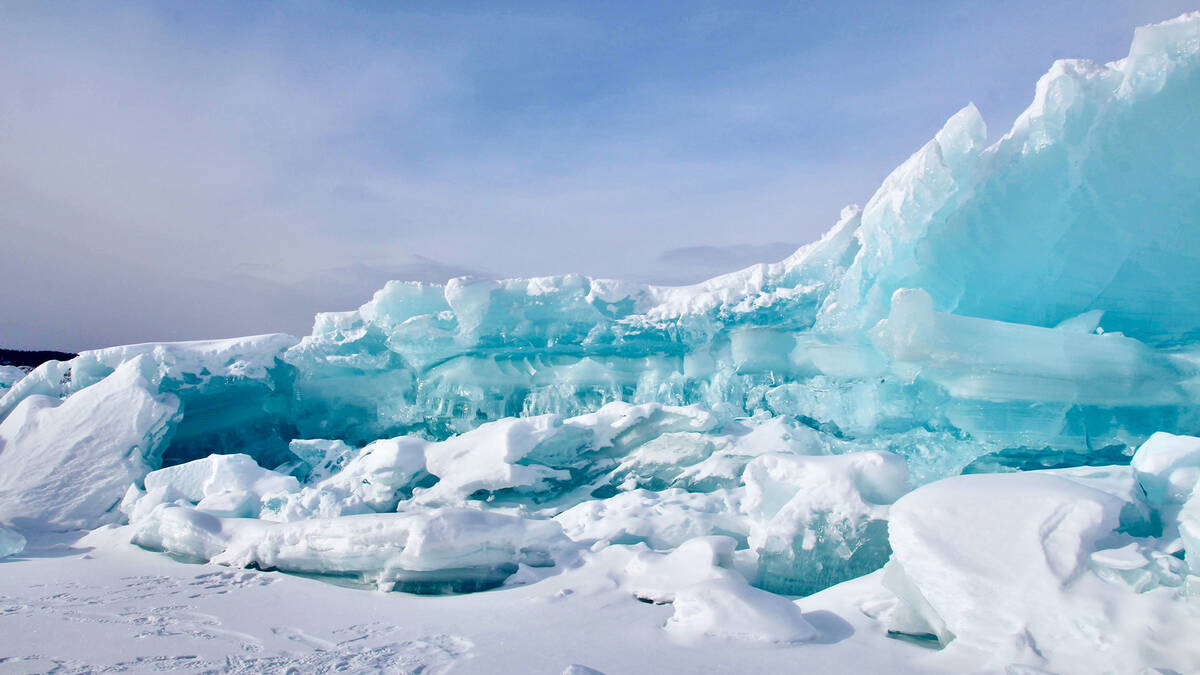The amazing elixir of life
Facts about water
Water is an amazing element. Its chemical structure resembles a V: like arms, a hydrogen atom is attached to the oxygen atom in the middle of each. The transparent liquid is unlike any other substance on this planet. Researchers have discovered 40 different anomalies so far. This is why some consider it a magical element. It is where life on earth had its origins. The majority of the human body consists of the element, which enables all metabolic processes. You can find out more exciting facts about water here.

Exciting facts: How we use precious water

The water people use comes from natural sources, from hyporheic zones or groundwater. The term ‘hyporheic zone’ refers to the transitional area between river water and groundwater. Groundwater is precipitation that seeps into the ground until it accumulates above an impermeable layer.
How does water treatment work?
Natural water is treated in several steps to make it drinkable for humans. In flocculation, positively charged substances combine with negatively charged impurities, which can then be filtered out. Sedimentation uses gravity to remove particles at the bottom of the supply system. Various filters made of sand and activated carbon remove pathogens, while a disinfectant like chlorine kills any remaining germs.
Use and consumption
According to an OECD study from 2016, agriculture accounts for around 70 percent of global water consumption. In Europe, industry and commerce are responsible for roughly 55 percent of total consumption. Private households account for 13 percent.
H2O and climate protection
Climate change is degrading the quality – through things like acid rain – and reducing the quantity of this crucial resource through evaporation. However, sustainable
management can help boost climate protection, as shown by UNESCO’s 2020 World Water Development Report. Reducing losses, and thus also the consumption, of this precious resource also reduces energy consumption and emissions.
Untreated wastewater is a source of greenhouse gases. At the same time, however, its treatment contributes up to seven percent of global emissions. However, UNESCO believes that this figure can be reduced through improved processes and energy conservation. Wastewater treatment can also be used as an energy source. According to UNESCO, the preservation and renaturation of natural wetlands is also important for climate protection.
10 key facts about water
- The average human body consists of 55 to 65 percent water. In newborns, it accounts for as much as 78 percent.
- Oceans hold 97 percent of the Earth’s water. 2.5 percent is inaccessible fresh water stored in glaciers and underground. Only 0.5 percent is available to us as fresh water.
- If all the water vapor in our planet's atmosphere were to fall all at once and distributed evenly as rain, it would cover the globe at a height of just 2.5 centimeters.
- The average raindrop has a diameter of one to three millimeters.
- In 2019, Germans consumed around 125 liters per capita per day drinkable water. 30 years ago, this amount was still 147 liters.
- Up to 20 liters per minute flow through a faucet. EcoSmart faucets limit the flow to around five liters per minute. This means that shutting off the water while you brush your teeth can save at least ten liters.
- A bath tub holds between 150 and 180 liters. An average shower head delivers 12 to 15 liters per minute. The EcoSmart products by hansgrohe limit this amount to six to nine liters per minute. Use our calculator to see how much this will save you in energy costs and how many trees you could supply with the water you save.
- The production of coffee beans needed for one cup of coffee requires about 132 liters of water.
- It takes 150 liters of water to produce a single half-liter bottle of beer.
- About one third of all water consumed in a German household goes to flushing toilets.

Vital element and scarce resource
Some scientists call H2O a magic element because it cannot be compared to any other substance. Only 0.5 percent of the total amount worldwide is drinkable. Climate change is making this resource scarce. Better management through international cooperation and small changes in behavior, like when brushing our teeth, can help save this vital resource.
Sources
Water: The Magic Element
OECD Council Recommendation on Water
UN 2020 World Water Development Report: Water and Climate Change
The Water in You: Water and the Human Body
Where is all of the Earth's water?
The Atmosphere and the Water Cycle
Development of water consumption per inhabitant and day in Germany from 1990 to 2019*.
132 liters for one cup of coffee: How much water goes into everyday products
Virtual water – More than just an operand
Interesting facts about water
Frequently asked questions about water
No other liquid on Earth comes close to it, with 40 known anomalies.
Only international cooperation can ensure that this precious resource is distributed more equitably around the world.
Climate change is reducing the available quantity and degrading the quality of water.
A full bath needs somewhere between 150 and 180 liters. Showering consumes twelve to fifteen liters per minute.
Worldwide, roughly 70 percent is used for agriculture. In Europe, the figure is just 35 percent.

Download “The Green Bathroom”
Renovate and build in an environmentally friendly way. Learn interesting facts about sustainable bathroom renovation in the hansgrohe white paper.
Trusted partners